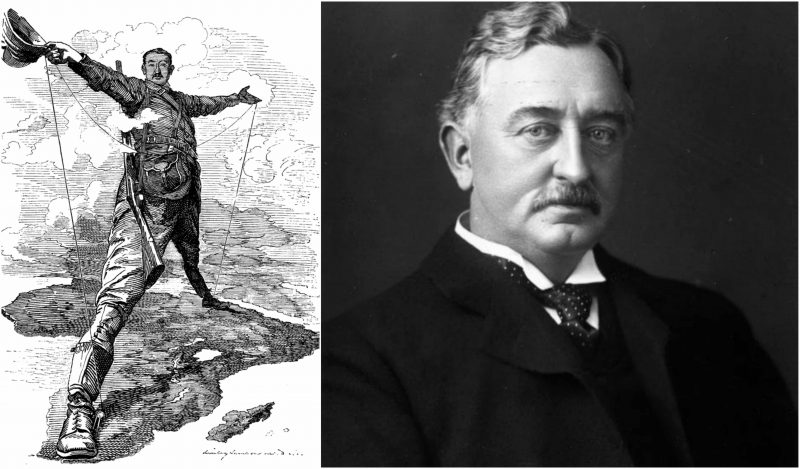Cecil John Rhodes was the man who founded the Rhodes scholarship for students at the University of Oxford, by leaving $3.9 million (£3 million) in his will as an endowment. The scholarship is awarded to students from former British territories, and is borne of Rhodes’ belief that “to be born an Englishman was to win first prize in the lottery of life.”
Rhodes’ British South Africa Company established what is today known as Zimbabwe and Zambia, the southern African territory once called Rhodesia. Yes, in 1895, the British colony was named after him. Also, Rhodes University in South Africa took his name. He had a vision of creating a Cape to Cairo Railway that would run exclusively through British territory, an idea to which he dedicated a lot of his time.
Cecil Rhodes was born at Bishop’s Stortford in Hertfordshire, in 1853. He was the sixth child of Reverend Francis and Louisa Rhodes. His three brothers were educated at the prestigious schools of Eton and Winchester, while Cecil himself was denied a public school education, most likely because of his poor health. He was a sickly child, suffering from a weak chest, asthma in particular. So Cecil attended the local grammar school.
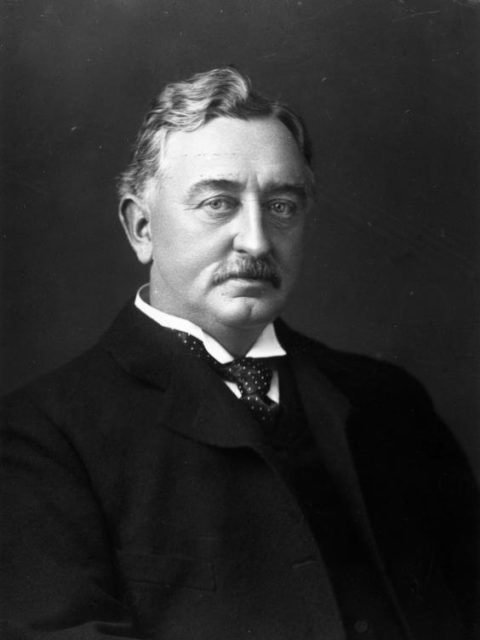
He fell very ill at 16 and it was suspected that he had tuberculosis. Fearing for his life, his father sought to send Cecil abroad to a warmer climate. His brother Herbert had a plantation in Natal, in the British African Cape Colony, and Cecil sailed there. His family expected that he would help Herbert on the cotton farm, but nobody could imagine that the British boy, barely 17 years of age, would establish himself as one of the richest people in the colony.
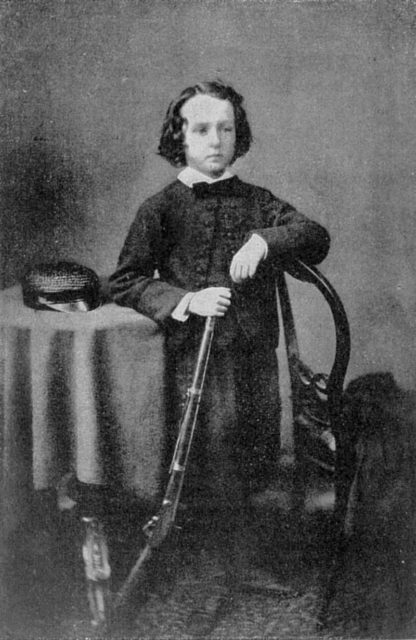
The warm sun seemed to have the desired effect on his health, and for the first time in his life Cecil started to work. At first, he was digging the earth on the cotton farm but soon after the boy was prospecting in the diamond fields in Kimberly. He lived alongside the temporary camps of the native Zulus and any money earned through the diamond finds, Rhodes reinvested in more claims. After only three years in the colony, the British boy had amassed a big enough fortune to pay for the “gentleman’s education” that he couldn’t get before.
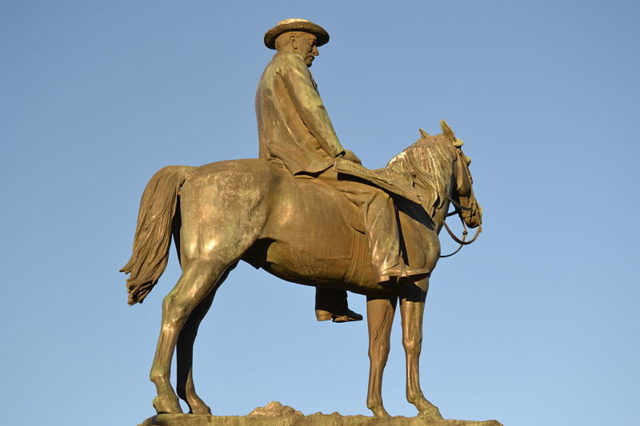
In 1873, he left the business in the hands of his partner, C. D. Rudd, while he departed for England and started his studies at Oriel College, Oxford, as he had always wanted to do. During the next eight years, he was kept busy with his business concerning the Kimberly mines in South Africa and studying Greek and Latin classics at Oxford. It is said that Cecil paid for his life at university with a box of diamonds that he kept in his pocket.
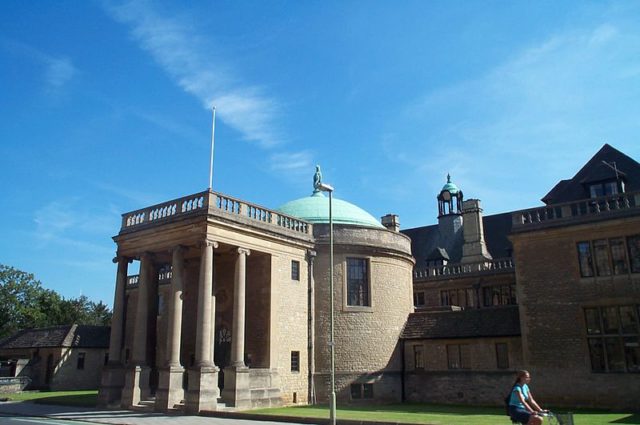
When he graduated at the age of 28, Cecil was an incredibly wealthy and influential young man. First, he was elected a member of the Cape Parliament and later, working very intelligently in the business field and through numerous dealings, Cecil became chairman of the De Beers diamond company. As a matter of fact, he established the company in 1888 and was financed by N M Rothschild & Sons bank in London and Alfred Beit, a diamond magnate from South Africa.
Cecil had an idea to unite the continent of Africa under British rule. (This type of idea is not popular today, of course.) For that, he needed a lot of funds. Luckily for him, gold was discovered in 1886 on the territory, so the funds arrived. He monopolized the control of the entire diamond fields at Kimberly, and by the age of 34, Cecil had a vast income from gold and diamonds.
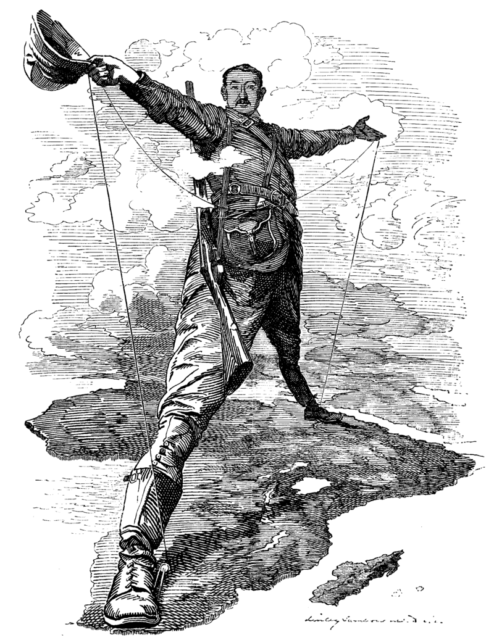
He was one of the richest men on earth and spent most of his time “serving” the British Empire and its advancement through acquiring territory and mining concessions. He wanted to build a railway from Cape Town in South Africa up to Cairo in Egypt that would run only through British territories. And he wasn’t far from fulfilling this dream. It was created but wasn’t completed as Cecil desired because during his lifetime the building of the railway was precluded by Belgian Congo.
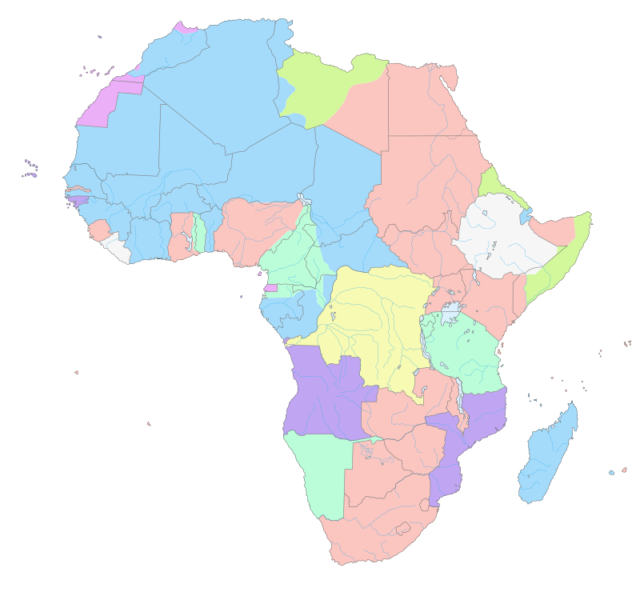
During a military expedition, funded, of course, by Cecil, he entered Matabeleland (province of Zimbabwe). There he made the necessary bribes, along with some underhand dealing, which was enough to establish the colonies of Northern and Southern Rhodesia (later to become Zambia and Zimbabwe). Thus was he able to expand the British Empire by some 450,000 square miles.
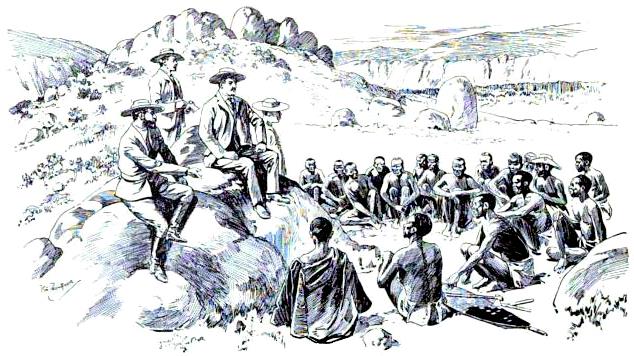
In 1890, at the age of 37, Cecil was elected Prime Minister of the Cape and still had the idea of expanding the Empire throughout the whole continent. So the gold mines located in the territory of the Dutch Republic of the Transvaal (South African Republic) caught his eye, and in 1895, he supported the infamous Jameson Raid attack on the Transvaal.
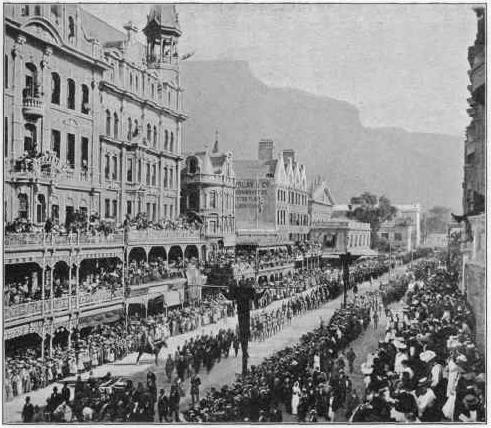
The rebellion, led by Leander Starr Jameson, a colonial statesman from Britain, was supposed to achieve control of the gold mine regions for Rhodes. However, the raid ended as a catastrophic failure after which Cecil had to resign as Prime Minister, bringing an end to his political career.
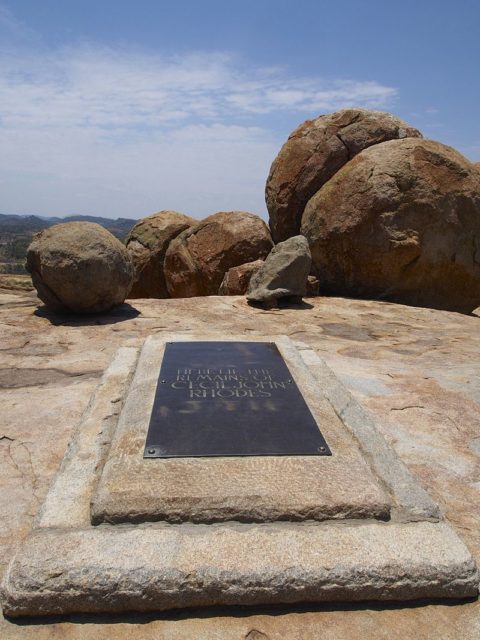
Cecil Rhodes was also influential in instigating the Boer War in 1899. But he didn’t survive to see its end. He died in 1902 of a heart attack at the age of 49. Apparently his last words were “So little done, so much to do.”
He left more than $3 million in his will to establish the Rhodes scholarship, one of the most prestigious scholarships in the world for students at Oxford University.
